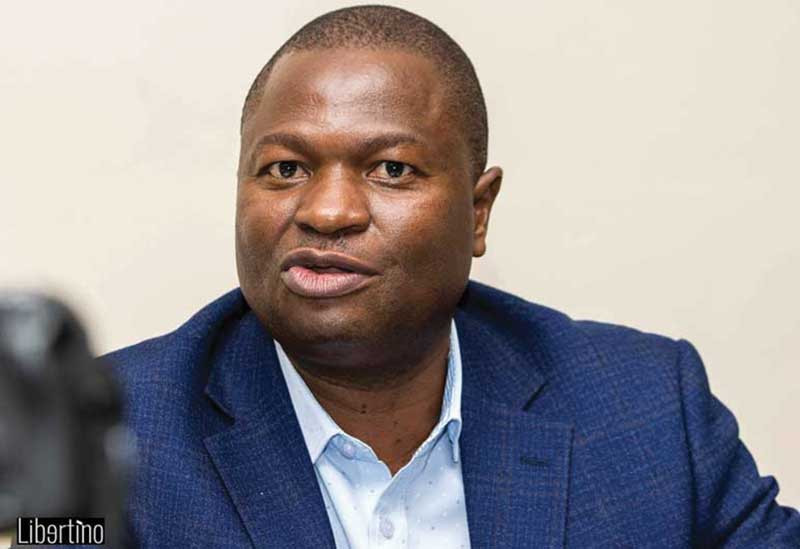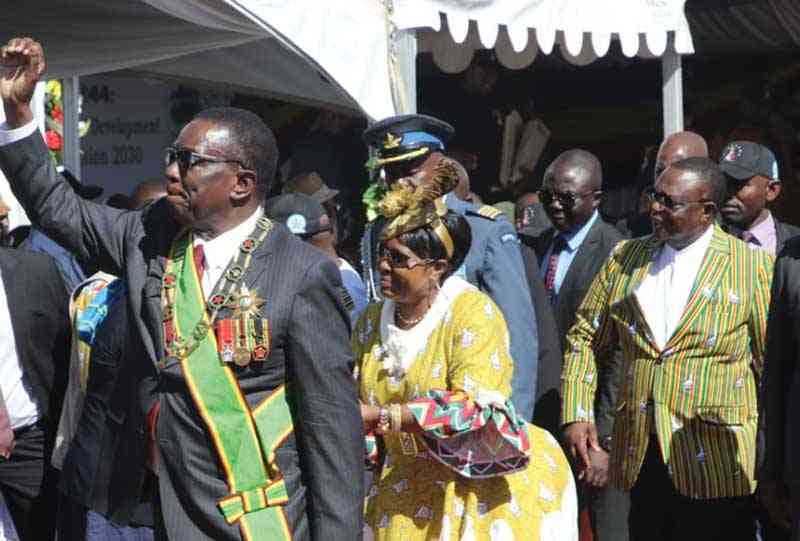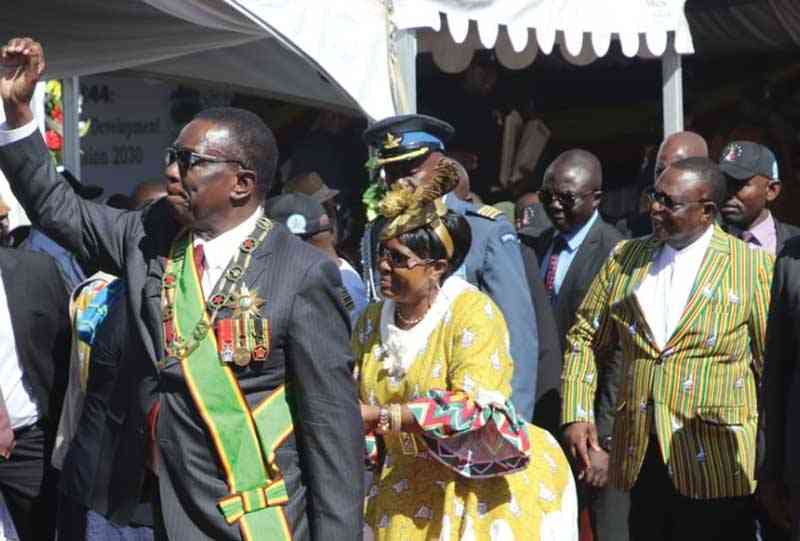
At Kazungula, on the Zambezi River, four countries almost meet: Zambia, Zimbabwe, Namibia and my country, Botswana. I say “almost” because there is a tiny stretch where two ferries ply the river directly between Botswana and Zambia.
Guest Columnist Linah K Mohohlo
But the ferries’ capacity is no match for the trucks queueing to cross. Ferries often break down, and trucks can wait up to two weeks to cross the river. Much of their cargo is agricultural produce, which will spoil.
Kazungula is a potent symbol of a much greater disconnection. The majority of Africa’s poor live in rural areas, but agriculture has been neglected, along with many of the support networks it needs to thrive.
Africa’s recent economic growth has been impressive; as demonstrated in the Africa Progress Report 2014, entitled Grain, Fish Money — Financing Africa’s Green and Blue Revolutions, which was launched in Abuja, Nigeria, on May 8 2014. But as the report also shows, agriculture needs a boost so that the related economic growth can reach and improve the lives of many Africans.
Just as a bridge at Kazungula is needed, a bridge needs to be built between agriculture and African economic growth. The stakes are high. African agriculture could not only lift rural communities out of poverty, it could feed the whole continent, and help feed the rest of the world, too.
Governments are well aware of this as they signed the Maputo Declaration in 2003, pledging to commit 10% of public spending to agriculture. But more than 10 years later, only seven countries have met that pledge and, in 18 countries, spending on agriculture is actually falling. As a result, agricultural research (a vital element of “green revolutions” in other parts of the world) has been starved of funds.
As well as keeping their agriculture spending promises, governments need to implement policies that help to build (or fix) the networks upon which agriculture depends.
- Chamisa under fire over US$120K donation
- Mavhunga puts DeMbare into Chibuku quarterfinals
- Pension funds bet on Cabora Bassa oilfields
- Councils defy govt fire tender directive
Keep Reading
One huge gap is in access to financial services. Two-thirds of African adults don’t even have a bank account. Governments need to make it easier for farmers to borrow and to buy insurance. Indeed, insurance, which helps farmers cope better with risks, and hence enables crucial investments in seeds and fertiliser, is more important than ever as climate change leads to more extreme weather.
As a result of the barriers to agricultural growth, African countries import $35 billion worth of food a year. But only 5% of their cereal imports come from countries elsewhere in Africa, which is a clear indication that there is urgent need to improve intra-regional trade in agricultural products, notably by removing all tariffs and non-tariff barriers.
There is also urgent need to help farmers get their produce to markets, by improving infrastructure such as ports, energy networks, roads and bridges.
Kazungula, after all, is more than a symbol; a bridge would connect as many as seven African countries to ports, such as Durban in South Africa and Dar es Salaam in Tanzania. Instead, this crossing point has become a bottleneck.
Kazungula illustrates Africa’s infrastructure paradox; the lack of infrastructure has very large social and economic costs, but the potential returns to investment in closing the deficit are exceptionally high. According to a recent study, they are as high as 23% in the case of Kazungula.
Yet, despite a decade of high growth and the development of a bewildering array of financing instruments aimed at using aid to attract private investment, there is little evidence to suggest that the financing deficit for infrastructure is being reduced. Part of the infrastructure problem is lack of projects ready for investors to back. The initial phase of preparing projects so that they are “bankable” is taking far too long, and sometimes leading nowhere.
Governments and their international partners need to focus on getting projects to the stage where investors can come in. The outlook should be positive; funding for viable projects is readily available.
And these international partners will find that reported returns on, for example, power projects in Sub-Saharan Africa are higher than in any other developing region.
But these returns are long-term in nature and governments could do more to provide credible assurances to investors (including through effective risk-sharing mechanisms) that they can be achieved in practice.
As Kazungula also illustrates, regional co-operation is crucial. Bridge projects have been on the drawing board since the early 1980s. But their implementation has been dogged by political differences and competing territorial claims.
So where does that leave the trucks queuing to cross the Zambezi? The African Development Bank (AfDB), in tandem with Japan’s Development Assistance Agency, has now developed a $260 million project for a road and rail bridge. Work is scheduled to begin in July 2014, and is planned for completion by the end of 2017, which is four decades after the first plans were drawn up.
Although belated, this is a welcome development, as are the plans which are now at an advanced stage, by the AfDB to launch an infrastructure fund “Africa 50”, that is intended to access private sources.
As the Africa Progress Report 2014 lays out in telling detail, agriculture can be the engine that drives the kind of growth Africa needs; growth that benefits everyone, including the rural poor.
When we connect everything up, when traffic starts to flow across that bridge, for example, and when export food surpluses are exported, thus adding value to farmers’ produce before it is exported, Africa will come into its own as a global food powerhouse.
Linah Mohohlo is Governor of Botswana’s central bank since 1999











